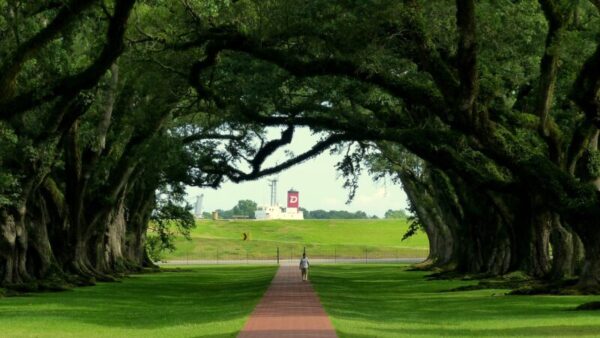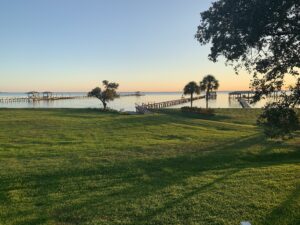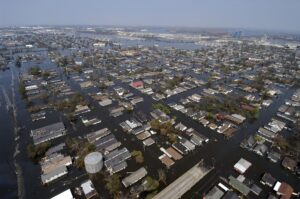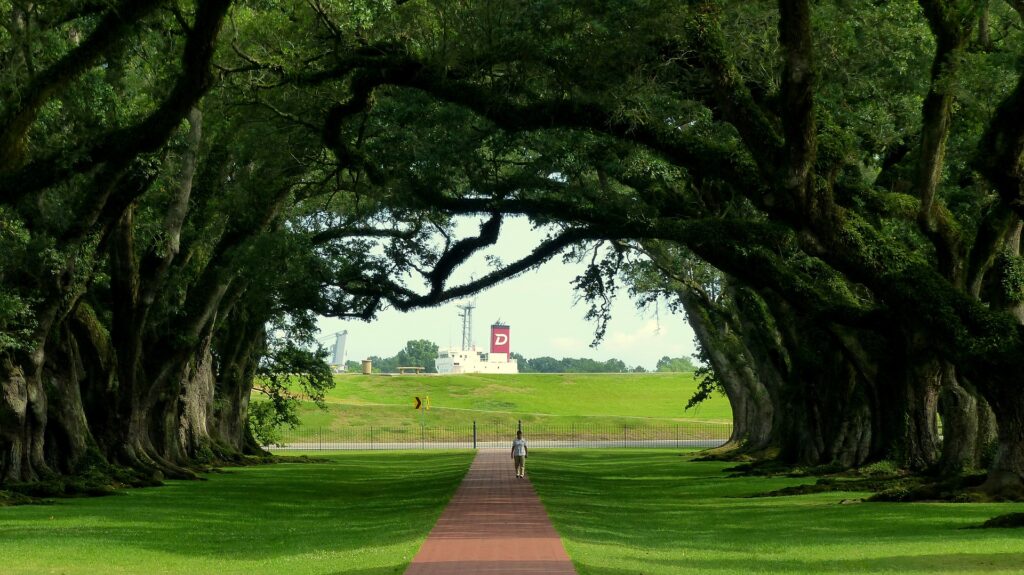How Louisiana Is Living Up to Its Image as a State with Loads of Resilience
Written by Brandi Taylor / September 14, 2021

How Louisiana Is Living Up to Its Image as a State with Loads of Resilience
Louisiana was admitted to the Union in 1812 as the eighteenth state and has an interesting history. Man-made and natural boundaries separate the state from its neighbors. It has Arkansas to the north, Mississippi to the east, and Texas to the west. The Gulf of Mexico lies to the south. The capital is Baton Rouge.
Louisiana’s two regions are Upper Louisiana (la Haute-Louisiana), which begins north of the Arkansas River, and Lower Louisiana (la Basse-Louisiana).
About Louisiana
Louisiana is spread across a total area of about 4,600 square miles of inland waters. The state has a subtropical climate. It also has abundant resources of petroleum and natural gas. The fertile soil has made the state a rich agricultural area with flourishing sugarcane and cotton plantations flourishing. The state witnessed a lumber boom at the turn of the twentieth century. After World War II, Louisiana saw a surge in industrialization. It has an excellent mineral output and is a leader in oil and gas production.
Events That Marred Progress
A string of tragic events marred the progress of the state which included the racial conflicts of the mid-1960s and the Civil Rights Movement. The state started making progress toward a more free and mature society after the Voting Rights Act of 1965 and African American political involvement.
The state has had staggered economic growth primarily because its fortune is linked with the fluctuating oil industry. The state has a rich cultural heritage that acts as a magnet for tourists. Still, tourism declined after the devastating effects of Hurricane Katrina that ravaged areas of the Gulf Coast and other parts of Louisiana in 2005.
The State with the Worst Hurricane History
Last year, Louisiana suffered one major setback after another that left the state reeling. In August 2020, Hurricane Laura hit the state as a category 4, creating a catastrophic storm surge, killing dozens of people, and causing billions of dollars of damage. Just two months later, Hurricane Zeta hit the state as a category 3, leaving tens of thousands of residents without power and more damages.
In 2020 alone, Louisiana suffered the devastating effects of five storms, with the last one being the most severe of them all. Hurricane Ida became a dangerous and life-threatening Category 4 storm hours before hitting the Louisiana coast—precisely 16 years after Hurricane Katrina ravaged the state. Ida blew ashore at 155 mph, just shy of a Category 5 hurricane. It struck with an explosive intensity, causing catastrophic damage to the power grid, leaving residents without power, water, and other basic requirements for days on end.
The areas most affected by the hurricanes are Laplace La, Slidell, Kenner, and Mandeville Louisiana.
Laplace
Laplace, LA, is located in St. John the Baptist Parish and offers exciting outdoor adventure opportunities. It has fishing camps on the southwest edge of Lake Pontchartrain. There are limited-access communities like Belle Terre Oaks and Live Oaks Landing, where residents live in stately homes.
Tucked between New Orleans and Baton Rouge, the 29,000 residents of Laplace were in the direct path of Hurricane Ida. Eyewitnesses reported uprooting of trees, fence posts strewn around, cars overturned, and extensive damage to homes, some of which disappeared due to the brute power of Ida’s winds. Infrastructure damage was enormous, and it could take a Herculean effort just to restore power.
Slidell
Slidell, LA, residents witnessed the battering of Hurricane Katrina. They relived the experience earlier this month when Hurricane Ida made landfall nearby. The city has been reeling under the after-effects of Ida. Power has not yet been fully restored, and flooding and destruction of property are visible all around.
Kenner
Yet another city that was in the eye of Hurricane Ida is Kenner, LA. Located on the west side of Greater New Orleans in Jefferson Parish, Kenner was so severely battered that many buildings are in bad shape. Many, including the Kenner City Hall, may not be habitable again. Many areas are flooded and without power. People have run out of food and water. Local organizations are trying hard to make sure people have access to food and basic amenities.
Mandeville
In the nearby city of Mandeville, downed trees are a common sight. There were trees strewn in and on buildings, and damaged roofing is the story for most homes. Roads were blocked entirely, and the entire city was without power for many hours. Madison Street was inaccessible due to flooding.
Climate of Louisiana
Louisiana has a subtropical climate because of the influence of the Gulf of Mexico. Its unique position at the mouth of the Mississippi-Missouri valley is also the reason for the weather one experiences here. Louisiana has hot, humid summers and frequent afternoon thunderstorms. The winters are mild. As we have seen, the state suffers frequent tropical storms. The hurricane season lasts for six months, from June to November. This has put a literal halt to tourism in the state.
Louisiana Chamber of Commerce
Louisiana has 76 chambers of commerce, and those in the areas most severely affected by the hurricanes are organizing assistance and support in all possible ways. Those who have lost homes are being provided temporary care and rental assistance, grant money for damage, and funding for repairs. They can get information about the availability of the nearest roofing company and contact details for roofing contractors, plumbers, electricians, and other professionals to set right damaged homes and offices. They are also arranging loans for small businesses so that people can go back to their normal life as soon as possible.
Conclusion
Government agencies, private help groups and charitable organizations, and not-for-profit groups are putting in endless hours to make sure normalcy is restored in Louisiana. Still, they all know they have some tough challenges to deal with. Laplace, Slidell, Kenner, Mandeville, and other severely affected cities are picking up speed despite flash flooding and mudslides creating barricades to progress. The authorities are speeding up the recovery process despite the limited resources and the multiple challenges they face at every step.
This page is compliments of Taylor Made Services who is a very proud roofing contractor that resides in Semmes, Mobile, Bay Minette Alabama with newer offices in Louisiana helping the recent hurricane Ida homeowners.
Our contact information is listed here on our website if we can ever be of any assistance with roofing questions you may have.
If you have specific questions about any Louisiana Roofing Needs please reach out to our local office by either visiting our website page here or calling our local La number hee: 985-445-2273
Thanks again for the read.



